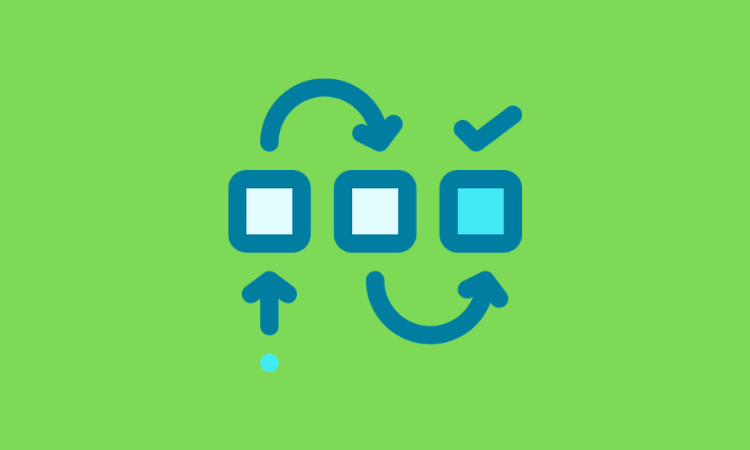Member Exclusive, Podcasts
‘Workflow’s calling is to rejoin the fragmented parts of an FI’: ServiceNow’s Lauren Robbins
- ServiceNow works with hundreds of financial services firms to create digital workflows in IT.
- During the pandemic, the software company has seen more clients improve HR and customer service experiences, as well.








